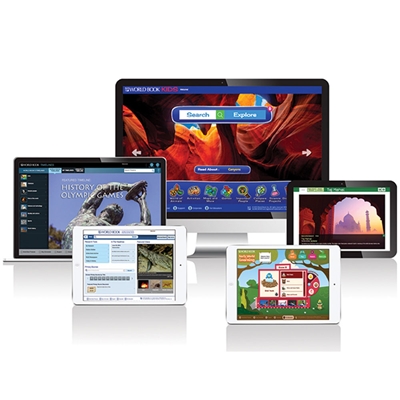One hundred and twenty years ago today, on Nov. 1, 1897, the new Library of Congress opened its doors to the public for the first time. Previously, the library had been in the Congressional Reading Room of the United States Capitol. Two other buildings have since been added to the library complex, which stands near the Capitol in Washington, D.C.
The Library of Congress is one of the largest and most valuable research libraries in the world. It has about 160 million items in its collections, including about 40 million books, pamphlets, and other printed materials in 470 languages. There are about 125 million items in the special collections, including charts, engravings, manuscripts, maps, motion pictures, photographs, and recordings. In addition, the Library of Congress has digitized millions of items which can be seen on a website hosted by the library, American Memory. The vast collection of online materials includes millions of books, documents, sound recordings, still and moving images, and maps. The Library of Congress is a partner in UNESCO’s World Digital Library project, to which many of the world’s national libraries are contributing digitized material from their collections.
Congress established the library in 1800. In 1815, it purchased the private library of Thomas Jefferson, which had about 6,000 books. The Library of Congress continued to grow, although several fires—the most serious in 1851—damaged the collections. In 1897, the library moved to a new gray sandstone building east of the Capitol because it was too large to be kept in the Capitol. In 1938, an annex of white Georgia marble was built on an adjoining site. In 1980, the James Madison Memorial Building, the largest library building in the world, was constructed. At that time, the 1897 structure was renamed the Thomas Jefferson Building, and the 1938 annex was renamed the John Adams Building. Together, the three library buildings have about 71 acres (29 hectares) of floor space.
Untitled Document
Can't view the linked articles? Subscribe to World Book Online

World Book Online delivers a progressive sequence of core databases supported by supplemental
tools, such as language translation, graphic organizers, and unique Webquests. Moving from
Early World of Learning to World Book Advanced, World Book Online aligns end-users with their
appropriate learning levels. Each stand-alone site provides additional features to support the
needs of users’ specific capabilities.
The World Book Difference
World Book combines cutting-edge technology with traditional editorial excellence to produce
authoritative, trustworthy, and unbiased content. The digital content is updated in real time and
carefully curated for each learning level. Accessible 24/7, the content is available on a variety of devices.
World Book Online combines 21st-century instructional techniques with timely information.
By breaking down complex topics and using easily understandable text, World Book Online helps to
build fluency and increase comprehension. Featuring single sign-on capability, these sites are paired
with highly visual content to engage even the most reluctant reader. Our collection of resources kindles
a lifelong learning experience for every user. This adherence to clarity, currency, and accuracy makes
World Book’s digital offerings an information hub for the classroom, library, and beyond.
Image: The Library of Congress, located in Washington, D.C., provides research and reference assistance to the members of the United States Congress. This picture shows the Main Reading Room of the library. The Library of Congress also serves as the national library of the United States. Credit: © Sean Pavone, Shutterstock